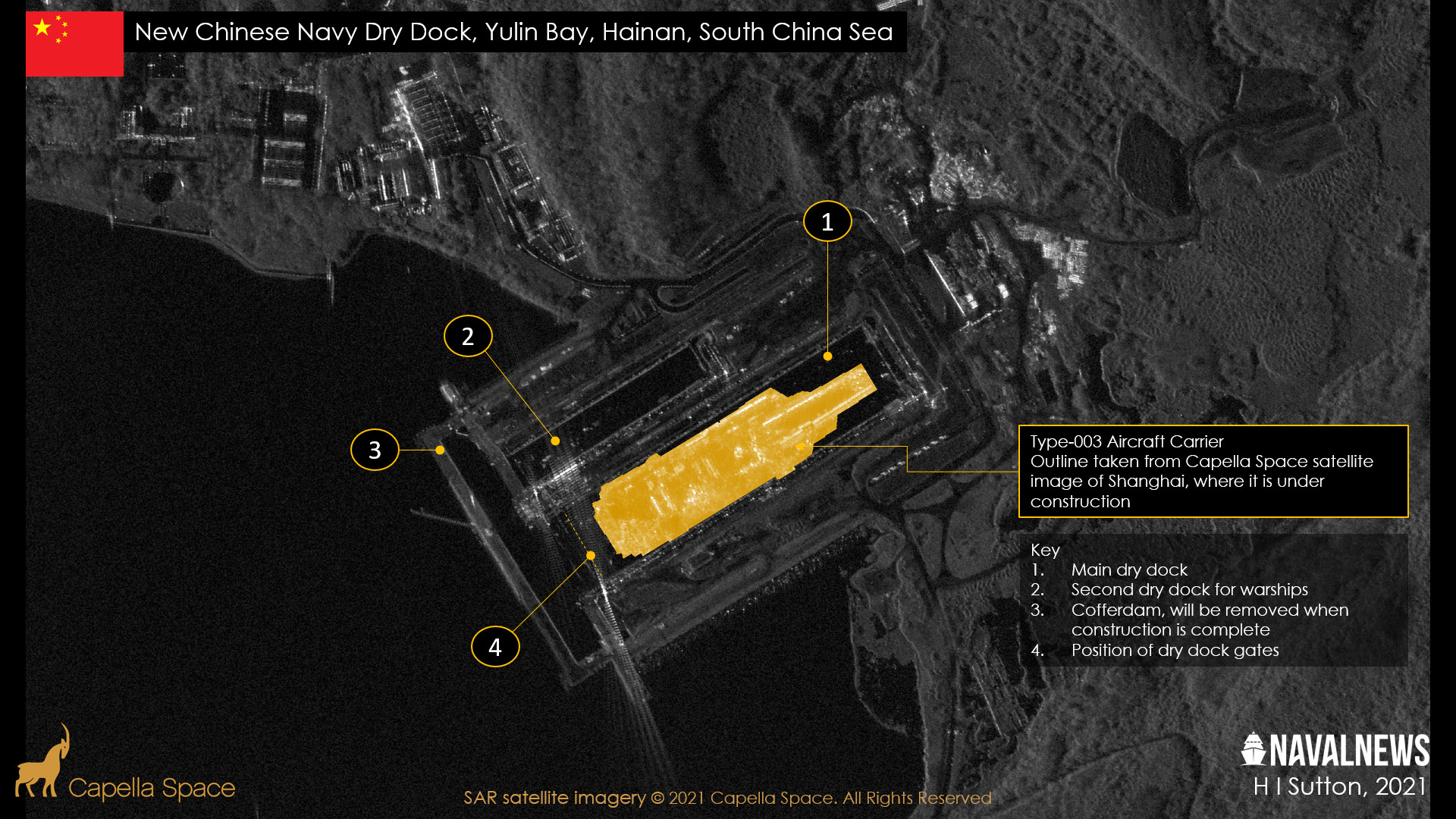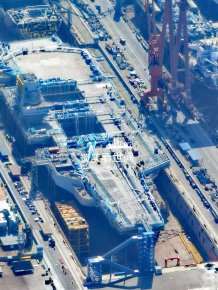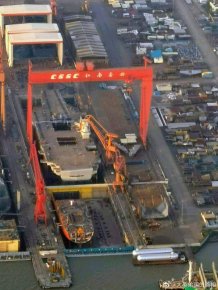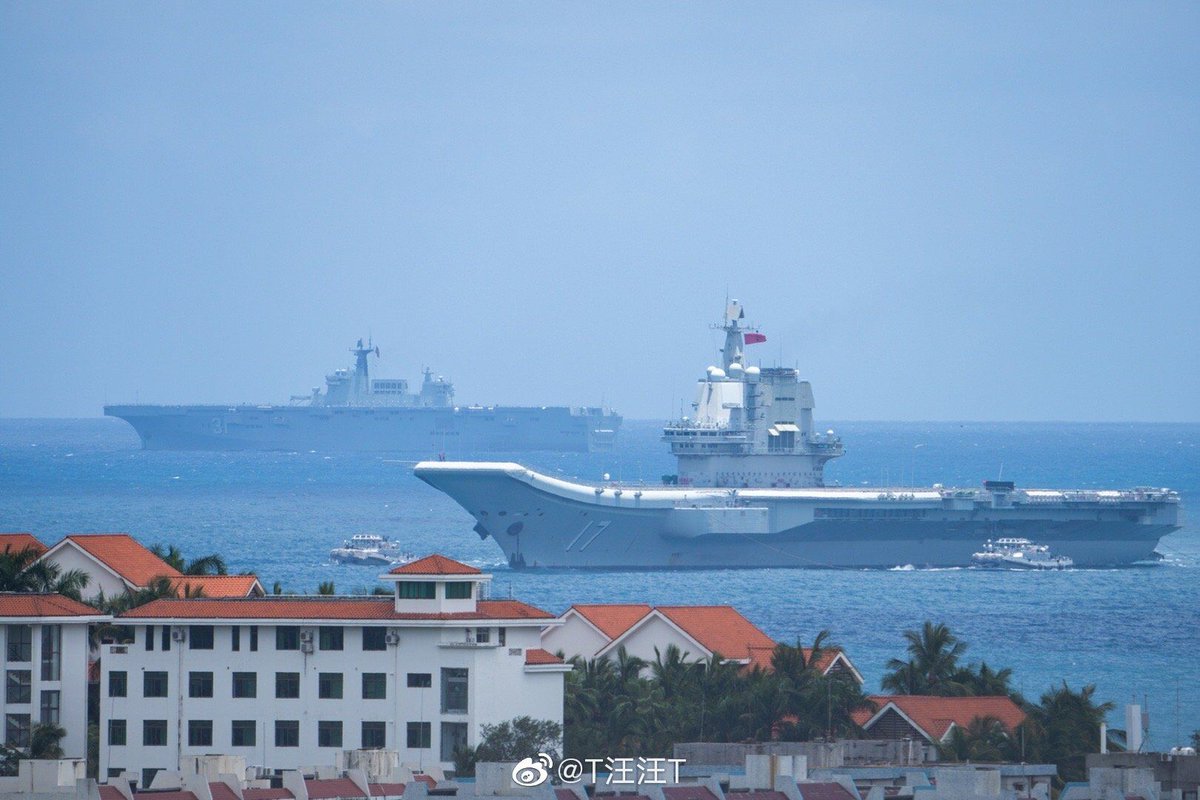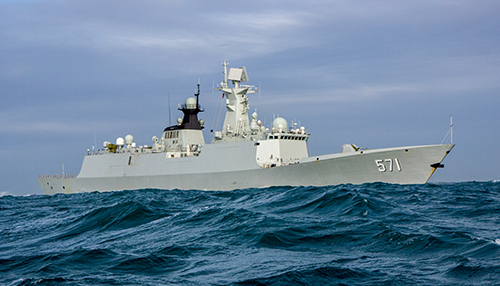There are pictures of the installed island which clearly show where the exhausts from the engines are. The islands would otherwise be unnecessarily large if they didn't need somewhere to put the pipes.
View attachment 48615 View attachment 48616
Also the technological roadmap for the PLAN carrier developement program has been more or less public for years now and the PLA is generally fairly risk adverse in the adoption of new technologies preferring an iterative process:
1. Kuznetsov class STOBAR carrier (Type 001 and 002)
2. Develop a CATOBAR carrier using conventional power (Type 003 and potentially 004)
3. Develop a CATOBAR carrier using nuclear power (speculation for now; possibly Type 005+)
There haven't been any credible reports of the Type 003 carrier being powered using nuclear power at all and I'm not sure the Chinese even have a naval reactor large enough unless they're looking to replicate what the USN did with USS Enterprise and use a number of smaller reactors (like from their nuclear subs).

